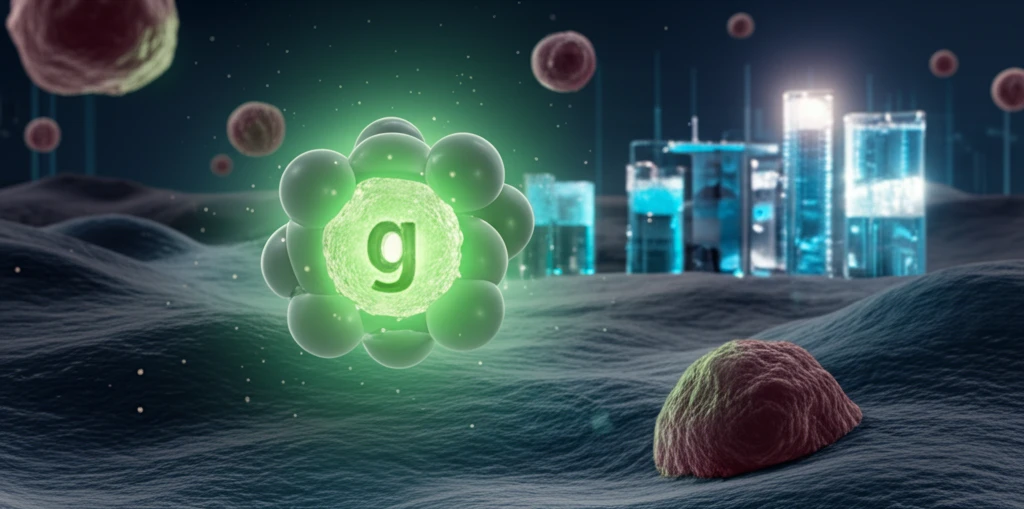
Fluorine: The Tiny Element With Huge Potential for New Medicines
"Unlocking the power of fluorine in drug design to combat resistant diseases and improve treatment outcomes."
In the relentless pursuit of better medicines, scientists are constantly exploring new avenues and approaches. One particularly promising strategy involves harnessing the unique properties of fluorine, a seemingly unassuming element with the power to dramatically improve drug effectiveness. By strategically incorporating fluorine atoms into drug molecules, researchers are creating next-generation medications that can overcome drug resistance, target diseases more precisely, and ultimately improve patient outcomes.
Fluorine's impact on drug design stems from its unique characteristics. Though tiny, a fluorine atom can drastically alter a molecule's behavior within the body. Its strong electronegativity can influence how a drug binds to its target, while its small size allows it to slip into tight spaces and prevent unwanted metabolic breakdown. These subtle yet powerful changes can lead to medications that are more potent, longer-lasting, and better able to reach their intended targets.
This article explores the exciting ways fluorine is being used to create innovative new drugs. We will delve into specific examples of fluorine-containing compounds that are showing great promise in the fight against cancer, fungal infections, and other challenging diseases. Get ready to discover how this tiny element is making a big difference in modern medicine.
Fluorine's Strategic Role in Conquering Disease

Researchers are strategically using fluorine to address critical issues in current treatments. Here are some key applications:
- Exhibit exceptional potency against drug-resistant cancer cells.
- Show improved activity even against drug-sensitive cancer cells.
- Possess unique mechanisms of action, overcoming resistance.
The Future is Fluorinated
The exploration of fluorine's potential in drug design is still an evolving field, yet early results are incredibly promising. From more effective cancer treatments to novel antifungal agents, fluorine is paving the way for innovative solutions to some of medicine's most challenging problems. As research continues, we can expect to see even more life-changing medications emerge from this exciting area of study.
